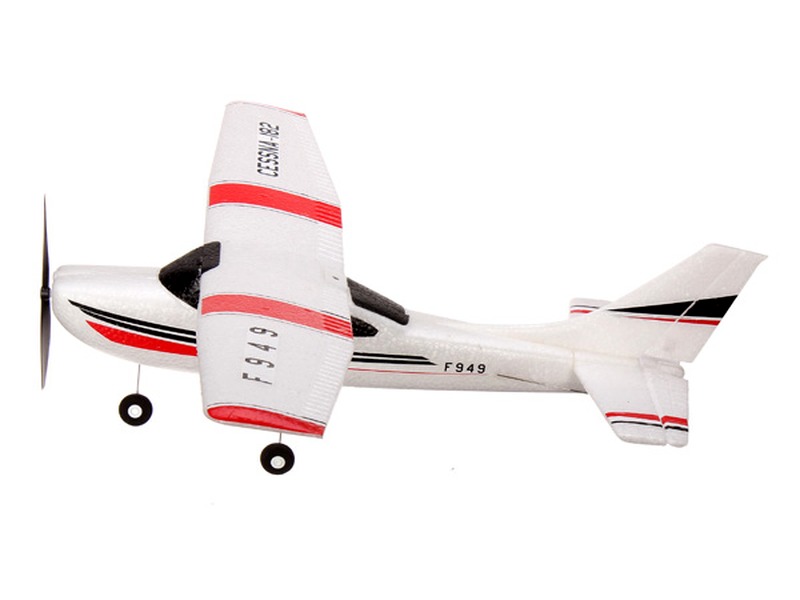Is it hard to fly RC jets?

The answer to the question of whether it is hard to fly RC jets depends on your experience level and the specific jet you are flying. Generally speaking, flying RC jets is considered to be more difficult than flying RC airplanes. This is due to the fact that jets are typically much faster than airplanes and require more skill and precision to control. Additionally, they require more knowledge of aerodynamics, as well as an understanding of how the jet behaves in different situations.
In order to successfully fly an RC jet, a pilot must first understand the basics of how a jet works, such as thrust and lift. He or she must also understand the basic principles of aerodynamics, such as how air pressure and lift interact, as well as how to adjust the angle of attack of the jet in order to gain or lose altitude. Pilots must also be able to read the wind direction and gusts and be able to adjust the jet’s speed and direction accordingly. Finally, pilots must have a good understanding of the jet’s components, such as the engine, fuel system, and control surfaces.
That being said, flying an RC jet is not impossible. Those with some experience flying RC airplanes may find that the transition to jets is not too difficult. However, even experienced pilots can find themselves struggling to master the nuances of flying a jet. It is important to find a good instructor and practice regularly in order to refine your flying skills. It is also important to find a jet that is suitable for your experience level, as some jets are more difficult to fly than others.
In conclusion, it is not impossible to fly RC jets, but it does require a certain level of skill and knowledge. Those with experience flying RC airplanes may find the transition to jets to be easier than those without experience. However, even experienced pilots need to practice regularly and have a good understanding of the components of a jet in order to master the art of flying RC jets.
Comments / Question
2. Make sure the jet is in good condition and that all components are in working order.
3. Always fly with a spotter who can help you keep track of the jet in the air.
4. Make sure to check the weather before flying to ensure safe conditions.
5. Wear appropriate safety gear, such as eye protection and a helmet.
6. Make sure to follow all local regulations and laws regarding RC jet flying.
7. Never fly in restricted airspace or near airports.
8. Make sure to check the battery and fuel levels before each flight.
9. Be aware of your surroundings and the potential for other aircraft.
10. Always fly with a buddy who can help you if something goes wrong.
1. Turbine-Powered Jets: These jets are powered by a turbine engine and offer higher speeds and longer flight times than other types of RC jets.
2. Electric Ducted Fans (EDF): EDFs are powered by electric motors and usually feature a circular fan at the front. They are usually smaller and quieter than turbine-powered jets, and they are often cheaper as well.
3. Glider Jets: Glider jets have no motor or engine, and they must be towed or launched using a catapult or bungee cord. They typically offer longer flight times than other types of RC jets due to their lack of a motor.
4. Park Jets: Park jets are smaller and slower than other RC jets, making them more suitable for flying in tight spaces. They are often powered by electric motors, and they are typically less expensive than other types of RC jets.

